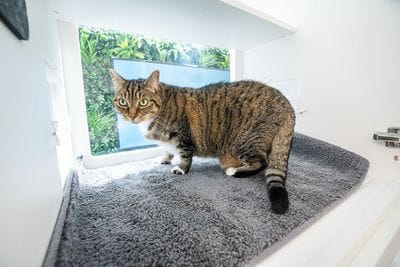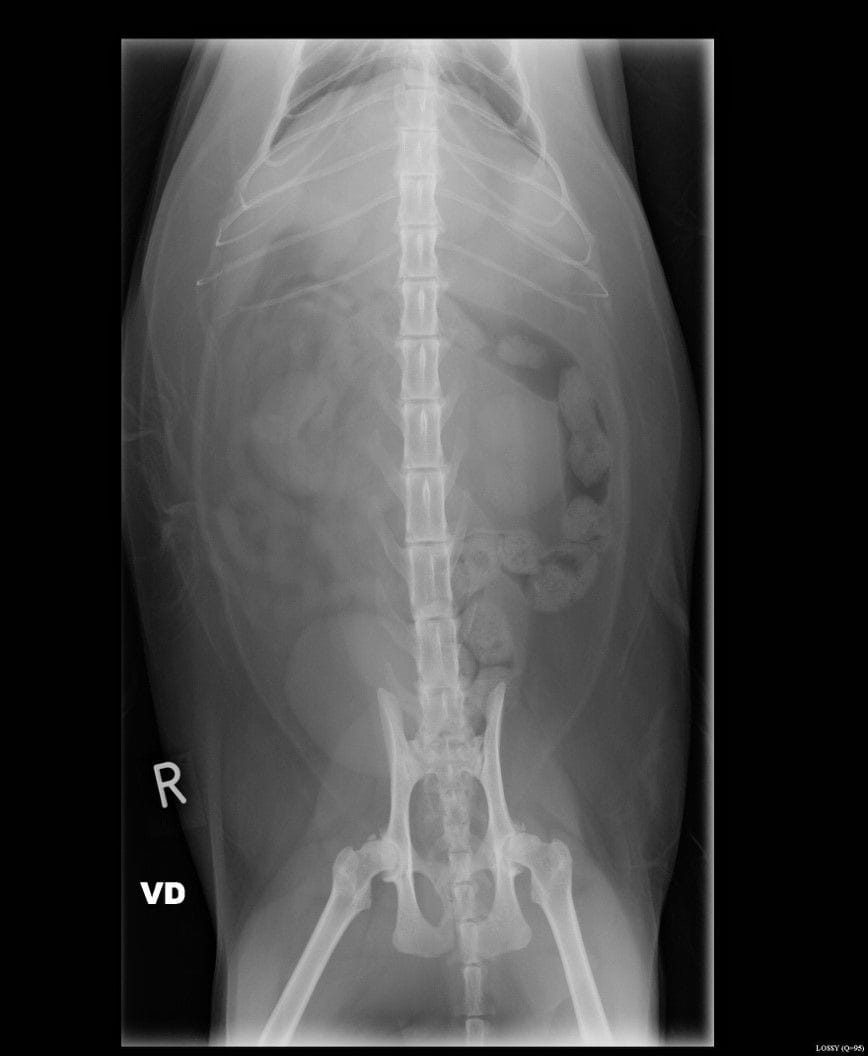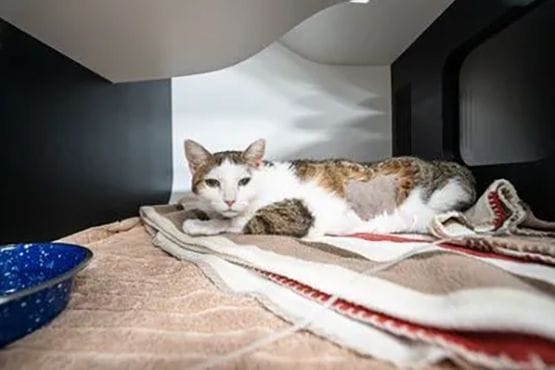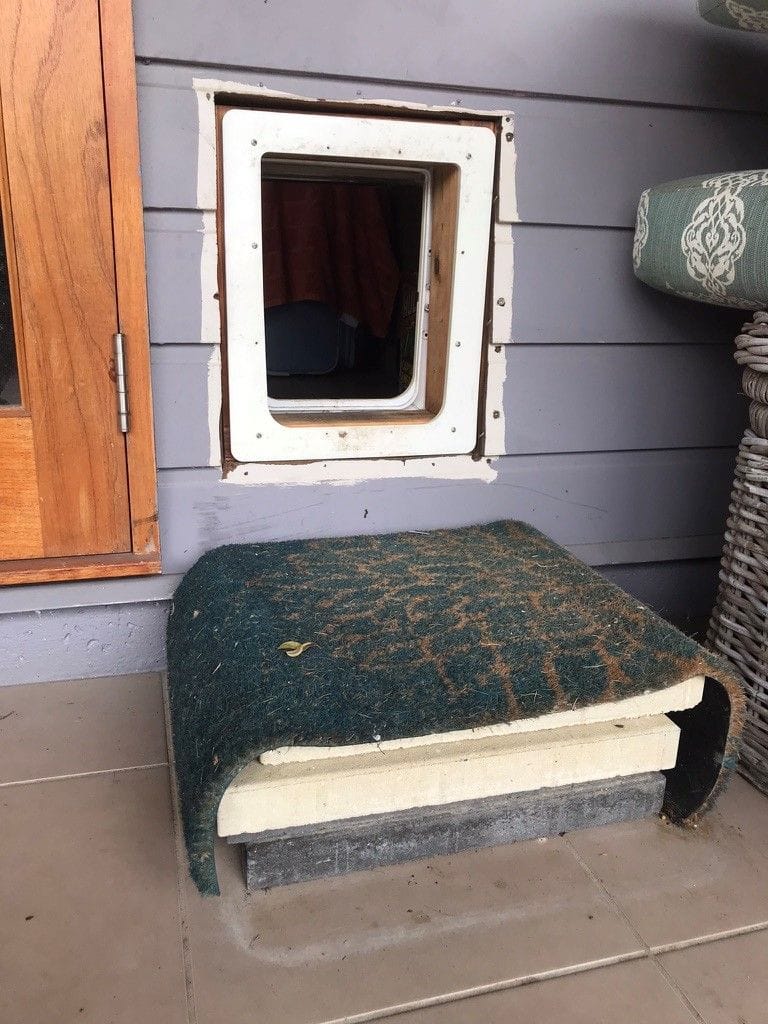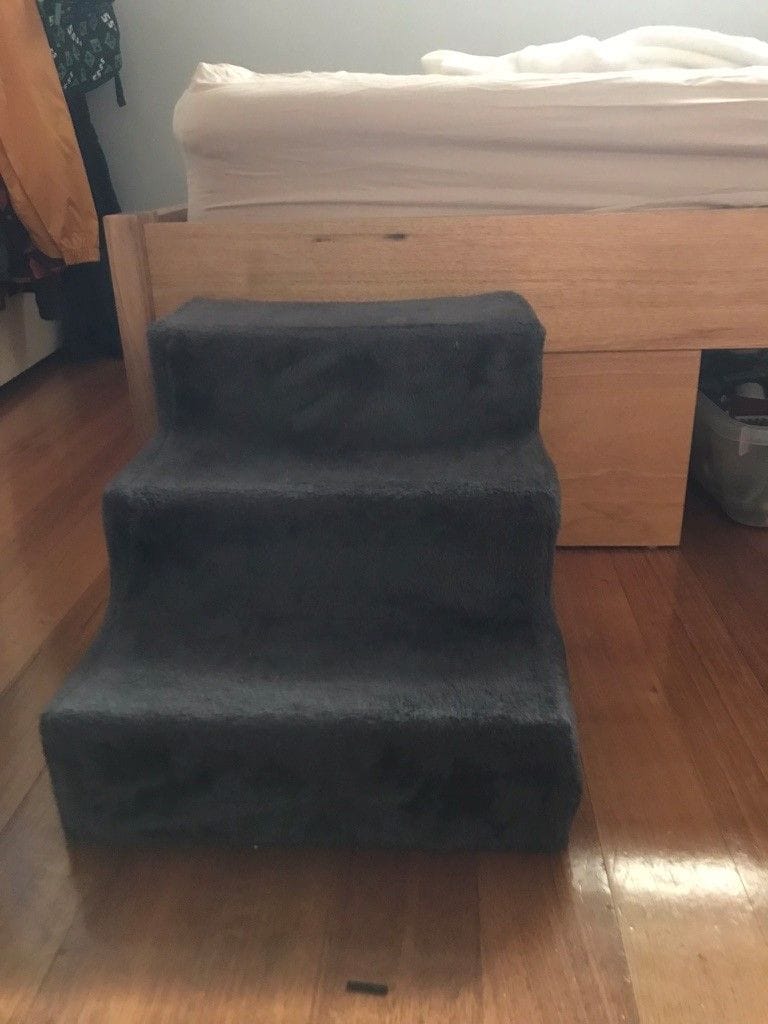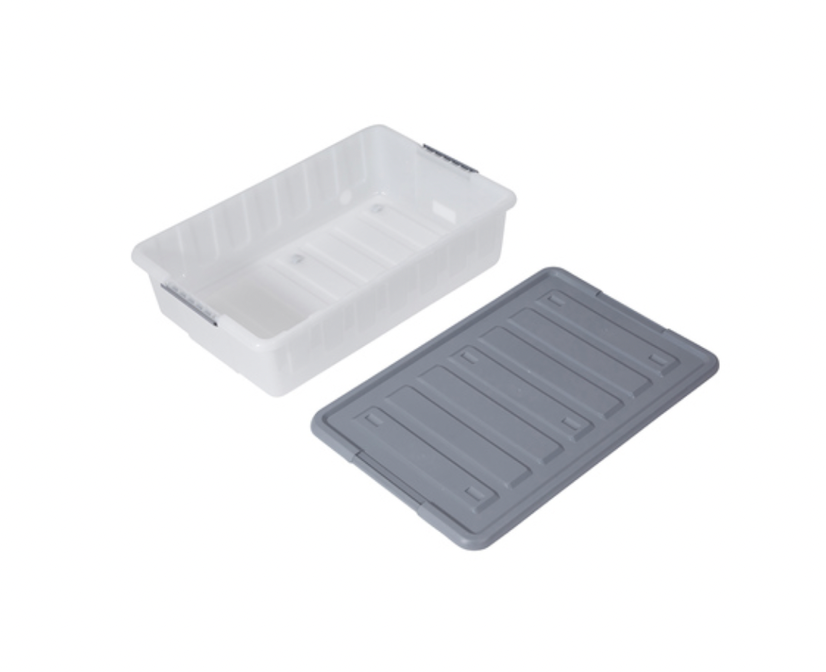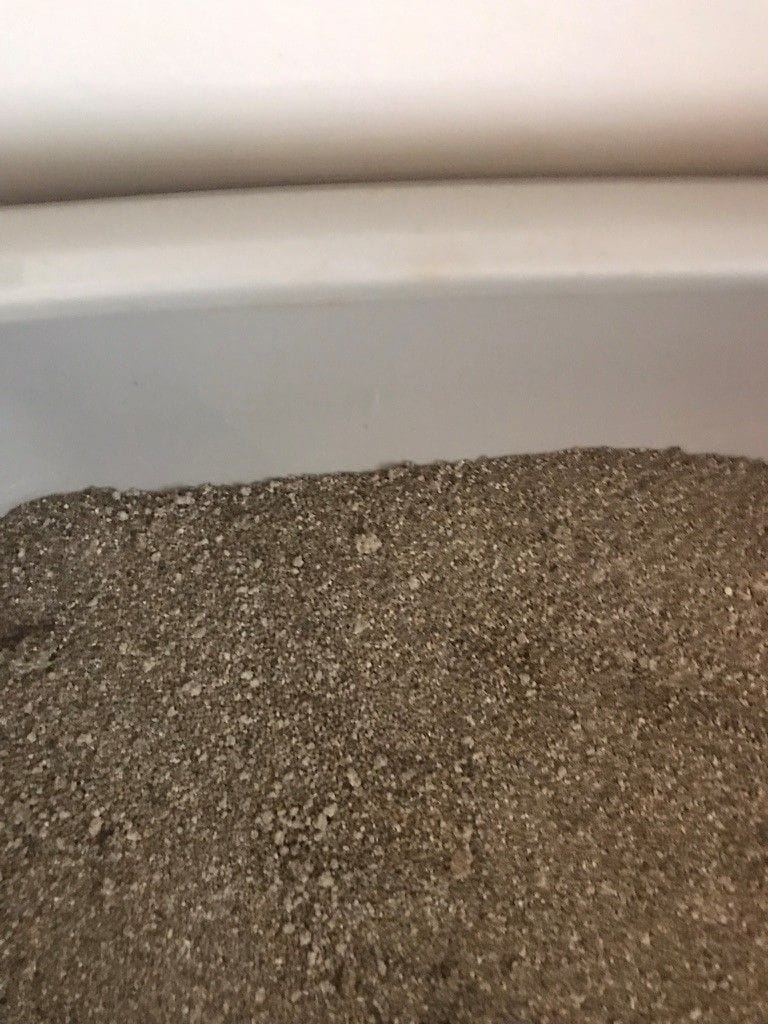A questionnaire has been developed to help screen cats for OA Arthritis questionnaire | Cat Specialist Services.
Diagnosis of OA involves identifying appropriate clinical signs, an orthopedic examination, radiographic (x-ray) changes and sometimes trialling pain relief.
It can be helpful to film your cat at home performing activities they find difficult such as jumping or climbing stairs and bring this to your veterinary visit.
An orthopedic examination identifies changes in individual joints, pain and reduced range of motion. Radiographic changes may include mineralisation of the structures inside the joint and irregular new bone growth.
Long-term management of OA involves combining pain relief, reducing obesity, nutritional supplements (e.g. glycosaminoglycans, chondroitin, omega-3 fatty acids), acupuncture and environmental management. Using a combination of these helps achieve the best management.
Untreated pain in cats becomes harder to manage over time (central sensitization) and significantly impacts quality of life. Various pain relief management options are available and should be tailored to individual patients based on health status and response to medications.
Older cats with OA may also have kidney problems or other diseases impacting medication choice. Routine blood and urine testing is recommended prior to starting some medications (e.g. non-steroidal anti-inflammatory drugs (NSAIDs)) to investigate for liver or kidney problems. Many cats with kidney disease still benefit from these drugs but they must be used cautiously to ensure safe administration.
Various food supplements advertise anti-inflammatory and cartilage regeneration action, however there is currently no definitive measurable evidence in cats that these work or are beneficial over a long- term period. They are unlikely to be harmful however and can be useful in some cats if easy to administer.


